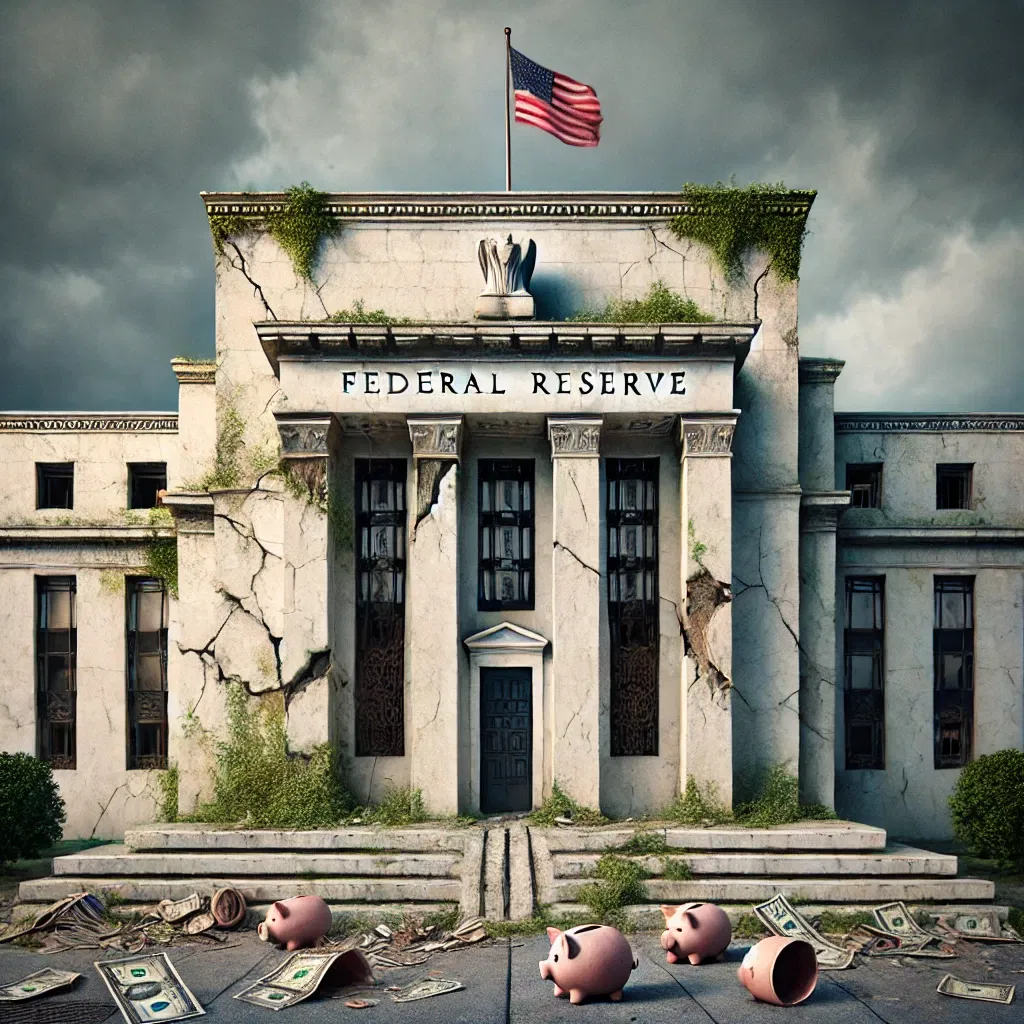I’m flipping through channels at 1am here in Seoul, and do you know what I see? Math problems– nutty professors, Korean-style, working out complex partial differential equations and geometric progressions with the intensity and flair of a concert pianist.
In fact, it’s not just one channel… it’s five, roughly 20% of the entire late night channel line-up.
When you think about it, this makes perfect sense. South Korea, once dismissed as an Asian backwater where American GIs defended the frontiers of freedom, has developed itself into a formidable economy on the back of an incredibly hard-working, educated, entrepreneurial culture.
GDP per-capita is now about $28,000 per person, making South Korea’s economy roughly equivalent to Italy, Israel, and New Zealand.
It shows. The landscape is well-developed with wide, clean highways, soaring skyscrapers (at very high occupancy), extensive port facilities, and a highly advanced digital infrastructure.
The great unspoken fear of South Korea is that all of this beautiful infrastructure would be wiped off the face of the earth on the day that North Korea’s Kim Jong-Il threw a nuclear temper tantrum.
It won’t happen. South Koreans do not live in fear of North Korea– it simply doesn’t register on their radar. The North Korea invasion fear, which have kept a US military presence in the south for roughly 60-years, is one of the biggest scams in geopolitical history.
Today, the North Koreans are as much of a military threat to South Korea as the Russians are to Germany (which begs the question– why are US troops still in Europe preparing to defend the Fulda Gap against Soviet Hordes?)
If US troops pulled out of South Korea, the economy would take a short-term hit and present a major buying opportunity. But within 3-years, the private sector will have reallocated the economic resources formerly tied to US military bases– it happened in Panama between 2000 and 2003 after US troops left, and I would venture to say that Panamanians are not half as good businessmen as the South Koreans.
The export-centric Korean economy took quite a hit at the start of the crisis because of the slowdown in global trade. Korea’s large conglomerates like Samsung, LG, Hyundai, POSCO, etc. all suffered in the early days as demand cratered and economists pontificated about whether Asia’s economies could decouple from the west.
Exploring this ‘decoupling’ issue was one of my primary missions in going to Asia… I wanted to put boots on the ground and see for my own eyes whether or not these economies are still dependent on the west.
My conclusion? The slowdown in U.S. consumers activity will continue to be a weight on the shoulders of the Asian exporters. But, while western consumers are dying, Asia’s massive pool of consumers are just beginning to bloom.
I saw it in China, where the level of Chinese consumer activity can only be described as ‘overwhelming.’ I saw it in the Philippines where remittances from overseas workers support domestic spending. I saw it in Singapore where the slowdown seems to have had minimal impact; and I can see it here in South Korea.
Asia is exporting to itself, building up vibrant domestic economies while governments spend their increasingly worthless dollar reserves on stimulus projects. To me, this is a clear indication that Asian currencies will continue their rise against the dollar (as well as the euro) since ‘cheap’ currencies relative to the west are no longer a priority.
But which ones to buy?
The Japanese yen is not a good option in my opinion– Japan is an aging economy that still depends heavily on the United States, and my expectations is that the government will not allow the yen to appreciate much beyond 85 yen to the dollar.
The Chinese renminbi is also not a good option for now– China plays too many games with its currency, and exchange controls are a capitalist’s nightmare.
I do like the Thai baht and think that Thailand has a great future in general, though I would definitely wait to invest until its 81-year old King passes away, leaving the country in temporary turmoil.
The Taiwanese dollar (TWD) and South Korean won (KRW) are good bets for now as proxies on thriving Asian tiger economies; I also really like the Australian dollar (AUD), which has great fundamentals, as an extension of Asia’s growth.







